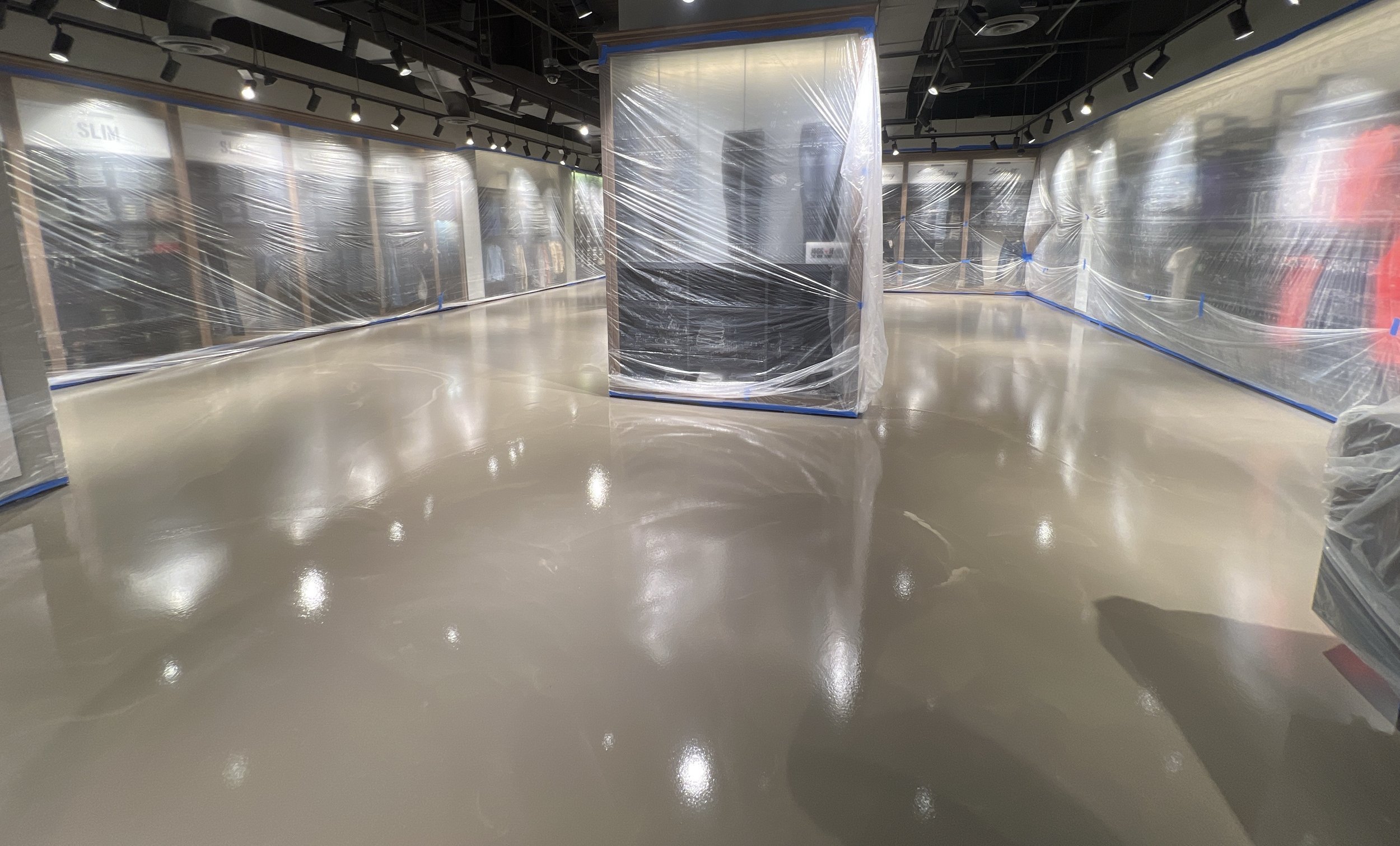Self-Leveling Compound for Commercial Projects: What you Need to Know
Self-leveling compound is an excellent choice for commercial flooring projects due to its ease of use and ability to create a level surface for a variety of flooring types. It's particularly useful in situations where the subfloor is uneven, damaged or has minor cracks, as the compound can fill in these imperfections and provide a smooth, level surface.
Here’s what you need to know about using self-leveling compound for commercial flooring projects.
Surface Preparation: Proper surface preparation is key to a successful self-leveling compound application. The subfloor must be clean and free of debris, dust, and grease. Any loose or damaged material should be removed, and any cracks or gaps should be filled with a suitable filler. It's also important to ensure that the subfloor is dry, and any excess moisture should be addressed before applying the compound.
Primer: Applying a primer is essential to ensure proper bonding between the self-leveling compound and the subfloor. The primer will help to improve the adhesion of the compound, reduce the possibility of bubbles or air pockets, and enhance the overall performance of the flooring system.
Mixing and Application: Self-leveling compound is typically mixed with water to a smooth, pourable consistency. It's important to follow the manufacturer's instructions carefully to ensure the proper mixing ratio and consistency. The compound should be poured onto the subfloor and spread evenly with a trowel or squeegee, working quickly to ensure an even coat.
Drying and Curing Time: Self-leveling compound requires adequate drying and curing time before any flooring material can be installed on top. The drying time will depend on the thickness of the layer applied, but it typically takes several hours to dry completely. Once the compound is dry, it should be left to cure for several days before installing the flooring material.
Flooring Options: Self-leveling compound can be used with a variety of flooring types, including tile, vinyl, carpet, and hardwood. The compound provides an excellent surface for tile installation, and it can also provide a level base for vinyl and carpet installation. For hardwood flooring, it's important to ensure that the compound is completely cured before installation to prevent any movement or shifting.
Cost: Self-leveling compound is a cost-effective option for commercial flooring projects, as it can save time and money by reducing the need for extensive subfloor repair and preparation. However, it's important to factor in the cost of materials, labor, and equipment when budgeting for a self-leveling compound application.
In conclusion, self-leveling compound is an excellent option for commercial flooring projects due to its ease of use, versatility, and cost-effectiveness. Proper surface preparation, primer application, mixing and application, drying and curing time, and flooring options are all important factors to consider when using self-leveling compound for commercial flooring projects. By following these guidelines, you can achieve a level, smooth surface that provides an excellent base for any type of flooring material.


